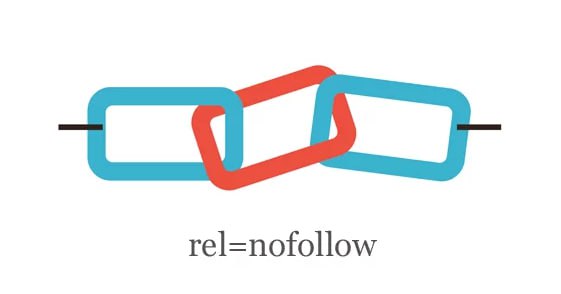In the intricate web of SEO strategies and techniques, one often-overlooked gem stands out – the “nofollow tag.” This unassuming HTML attribute holds the key to unlocking the full potential of your website’s search engine optimization. In this journey of exploration, we’ll delve deep into the enigmatic world of “nofollow tags” and their profound impact on your digital presence.

The “Nofollow” Conundrum
Before we embark on this enlightening journey, let’s demystify the “nofollow tag.” In essence, it is an HTML attribute that can be added to hyperlinks, instructing search engines to disregard or not crawl those specific links. Though seemingly inconspicuous, this attribute carries the power to reshape your website’s SEO trajectory.
When and Why to Embrace Nofollow
Strategically harnessing the “nofollow tag” can be a game-changer in your SEO arsenal. Let’s explore situations where embracing the “nofollow” attribute is not just advisable but imperative.
- Taming User-Generated Content
In the era of user-generated content, where comments and discussions thrive on websites, the “nofollow tag” emerges as a knight in shining armor. By applying this attribute to user-generated links, you shield your site from the potential menace of spammy or irrelevant links, preserving the sanctity of your SEO efforts. - Navigating Sponsored and Paid Links
In the intricate landscape of digital marketing, sponsored and paid content play a pivotal role. However, it’s vital to don the “nofollow tag” cloak when dealing with such links to ensure compliance with search engine guidelines. This step not only safeguards your website from penalties but also upholds the transparency of your online marketing endeavors. - Exercising Caution in Linking
Occasionally, you may find yourself linking to content or websites that neither receive your full endorsement nor raise red flags of distrust. In these instances, the “nofollow tag” serves as a vigilant sentinel, preventing your website from inadvertently vouching for content you’re not entirely certain about.
Leveraging the “Nofollow” Potency
Now that we grasp the significance of the “nofollow tag,” let’s explore the practical realm of wielding this mighty attribute for SEO triumph.
- HTML Mastery
To wield the “nofollow tag,” you must don the mantle of an HTML virtuoso. It involves a simple modification of the HTML markup of your hyperlink, as exemplified below: - CMS Enchantment
For those who favor user-friendly Content Management Systems (CMS) such as WordPress, the implementation of the “nofollow tag” is a straightforward affair. These platforms typically provide a user-friendly option to include this attribute when crafting or editing links. - The Plugin Advantage
In the realm of plugins, SEO plugins designed for popular CMS platforms offer a helping hand. They automate the process of integrating the “nofollow” attribute into specific link types, such as comment links or affiliate links. These plugins become your trusted allies on your SEO voyage.
The Unveiling of True Potential
As we conclude our expedition into the realm of the “nofollow tag,” it’s essential to acknowledge its profound significance. This unassuming attribute possesses the power to safeguard your website, instill user trust, and guide search engines towards prioritizing your most valuable content. Embrace the “nofollow” attribute with wisdom, and witness the metamorphosis of your website’s SEO landscape.
